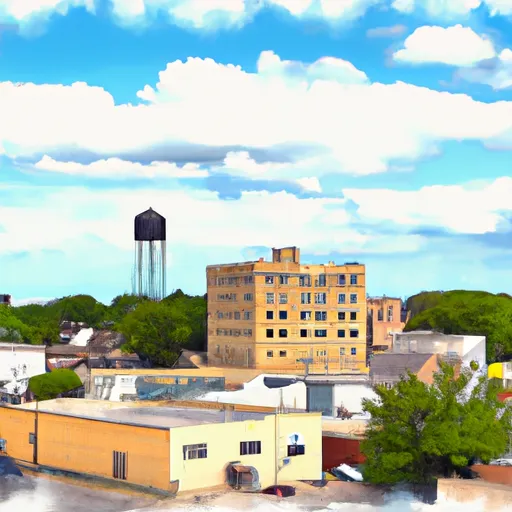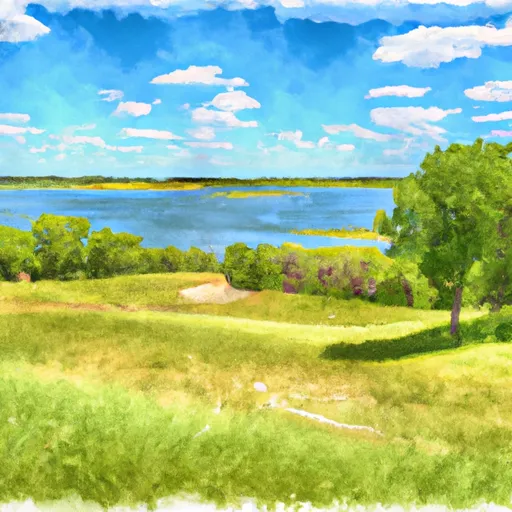°F
°F
mph
Windspeed
%
Humidity











Lawton, Iowa is a small town located in Woodbury County, in the western part of the state. It has a humid continental climate, characterized by hot summers and cold winters. Average temperatures range from around 20°F (-6°C) in winter to 85°F (29°C) in summer. Precipitation is fairly evenly distributed throughout the year, with an annual average of around 30 inches (76 cm).
Lawton is situated near the beautiful Big Sioux River, which offers hydrology constituents to the area. The river provides opportunities for fishing, kayaking, and canoeing. Outdoor enthusiasts can enjoy exploring the river's scenic surroundings and wildlife.
In addition to the river, Lawton is surrounded by picturesque natural landscapes, including woodlands and prairies. These areas provide ample opportunities for hiking, biking, and birdwatching. The nearby Stone State Park offers various recreational activities such as camping, picnicking, and horseback riding.
Overall, Lawton, Iowa offers a favorable climate for outdoor activities and is surrounded by natural beauty, making it an attractive destination for those seeking outdoor recreational opportunities.
Weather Forecast
Lawton receives approximately 723mm of rain per year, with humidity levels near 82% and air temperatures averaging around 9°C. Lawton has a plant hardyness factor of 5, meaning plants and agriculture in this region thrive during a short period during spring and early summer. Most plants will die off during the colder winter months.
Regional Streamflow Levels
30
Cubic Feet Per Second
167
Cubic Feet Per Second
3
Cubic Feet Per Second
421
Cubic Feet Per Second
Nearby Camping
| Camping Area | Reservations | Toilets | Showers |
|---|---|---|---|
| Glenn Cunningham Lake | |||
| Eugene T. Mahoney State Park | |||
| Louisville Lakes State Rec Area | |||
| Wilson Island State Rec Area | |||
| Walnut Creek - Papillion | |||
| Weeping Water |



